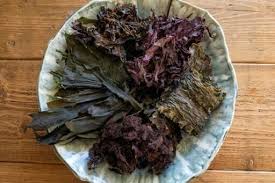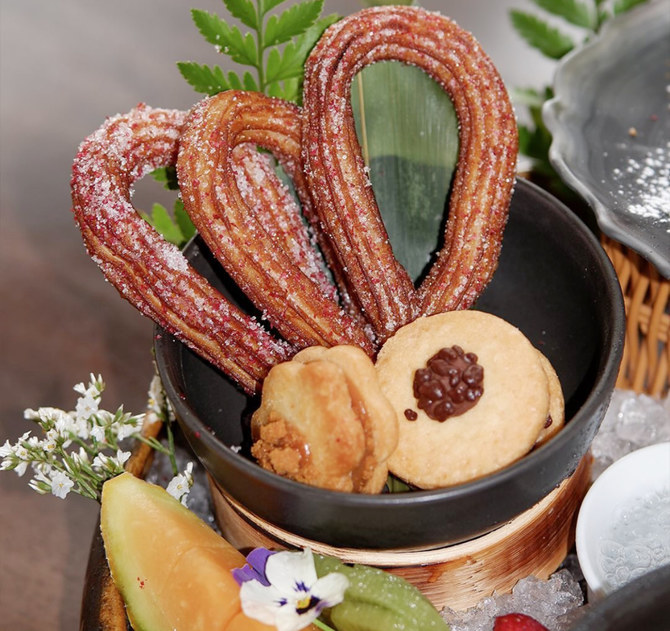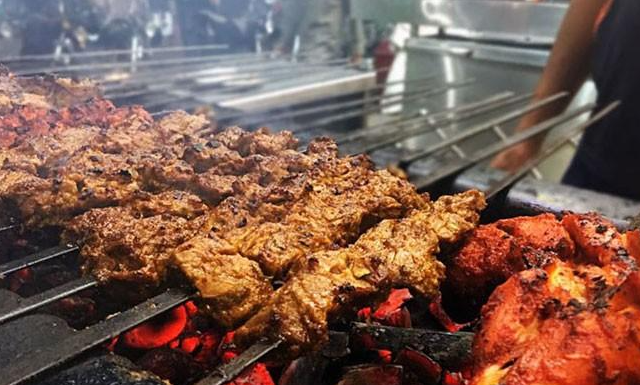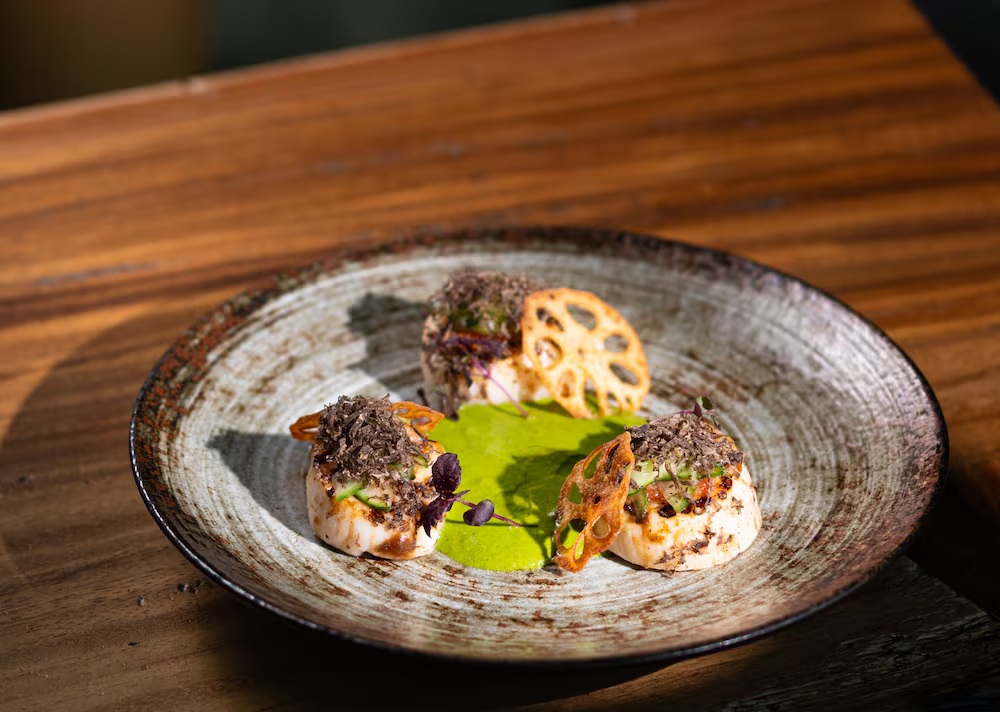
Monitoring Desk
The wine and beer shop I can see from our kitchen window sells biscuits and sweets, too. Like any shop, the selection and volume varies over the year. There are great waves of stuff around carnival and Easter, followed by a low ebb of boiled sweets and hard, nutty biscuits over the summer, until another wave starts in September, which gets bigger and bigger until a few days before Christmas, when the shop suddenly seems looted and full of holes.
Living just metres away and watching the arrival of dozens of panettoni from my desk is risky, like living too near a train station, and I often manage to miss out on what I want. Last year, it was a chocolate advent calendar – rare in Rome and promised to my son. For weeks, they had a pile, until suddenly they didn’t. Also, chocolate-coated tangerine segments and stuffed figs – also promised, also gone.
This year, determined not to make the same mistake, I went in as soon as I saw the wave had started. The front section of the shop, which always smells of cardboard and marzipan, is relatively small; the bottle-lined shelves make it seem even more so, while at the same time making the tables with the biscuits, cakes and sweets seem bigger. I looked for the segments and figs, just two of many things made by a company called Colavolpe in Calabria, whose square boxes stand out for their art nouveau lettering or a picture of a ballerina with a tutu made from whatever is inside – candied orange, alcoholic cherry or segment of tangerine. Nothing stood out. So I asked and was told by the owner, Orazio, that the figs would be arriving in a week. He explained they were still being processed; this year’s late harvest is being split, so that they look like a pair of goggles, then dried and packed in various ways. As he spoke, Orazio did a movement I assumed meant dipping a fig in chocolate. I was reminded of how, when someone told me about the time they worked in a doughnut factory, they made small gestures to demonstrate how they pumped the jam into the side.
Years ago, we drove through Calabria in August. My partner, Vincenzo, and the rest of his band stopping to play concerts along the way, which invariably finished late, meaning we left late the next day and often with a tricky journey ahead. Much of what we saw was through the window of the Ford Transit van, miles of hot tarmac cutting through the watery woodlands of the Sila mountains, flashes of sheer coast and sea so blue it seemed violet. Coastal Calabria is where the oldest records of human presence in Italy have been found. It is thought the first villages were founded here around 3,500 BC, and it’s also where wild figs grew and were cultivated for food, especially after the Greeks arrived.
The van didn’t stop in the province of Cosenza, home to the noted fico dottato di Calabria, but we remember the fig trees, their leaves like green hands with silvery undersides; also citrus, olives and vines flashing past. Endless trees mean endless figs, and the Calabrese have become masters at preserving this valuable source of sweet, concentrated nutrition, drying them in the sun or baking them in the oven, possibly stuffing them before storing in circles, or piles, or crocette (a cross shape).
I bought a pallone di fichi (AKA u paddruni i ficu), a ball of figs made by boiling fruit with a little water until the fruit is soft and the water a dark, thick syrup, from a shop in the village. The figs are then dried in the sun before they’re mixed with some of the dark syrup, orange peel, chopped nuts and cinnamon, all of which is formed into a sphere, wrapped in fig leaves and tied, like a gift, with raffia. After another late dinner, we were given dried figs coated in chocolate, a good moment. I am always struck by how dried figs, while sweet, are also savoury somehow, in much the same way as chestnut honey or molasses, then there’s the crunch of the seeds, with one or two saved between teeth for later.
There are various risks attached to edibles brought back in bags from trips away. One is that they never get eaten. Another is that, when the now established wrapping is removed, they disappoint. Or maybe they take you back to a table in another place, so when they are finished, it is a relief to find out that the shop across the piazza sells them, or that you can make them yourself.
Dried figs stuffed with almonds and dipped in chocolate
While you can stuff whole dried figs, they are quite big, so I suggest stuffing halves instead.
Makes 20
10 large semi-dried figs
20 whole peeled almonds
20 little strips candied orange
300g dark chocolate, broken into bits
Carefully pull/rip the figs in half, which should happen quite easily; if not, use a small knife to help.
Insert an almond and a strip of orange into each half, then press the edges of the half together to close it as best you can.
Have ready a sheet of greaseproof paper. In a small pan balanced over gently simmering water, melt the chocolate, then remove the bowl from above the water. Working quickly now, dip the stuffed fig halves into the melted chocolate, rolling them around to coat – either half or completely, it is up to you – then sit on the paper and leave to dry. They will keep for months, or until they are all gone.
Courtesy: theguardian
The post Rachel Roddy’s gift recipe for stuffed chocolate-coated figs appeared first on The Frontier Post.








